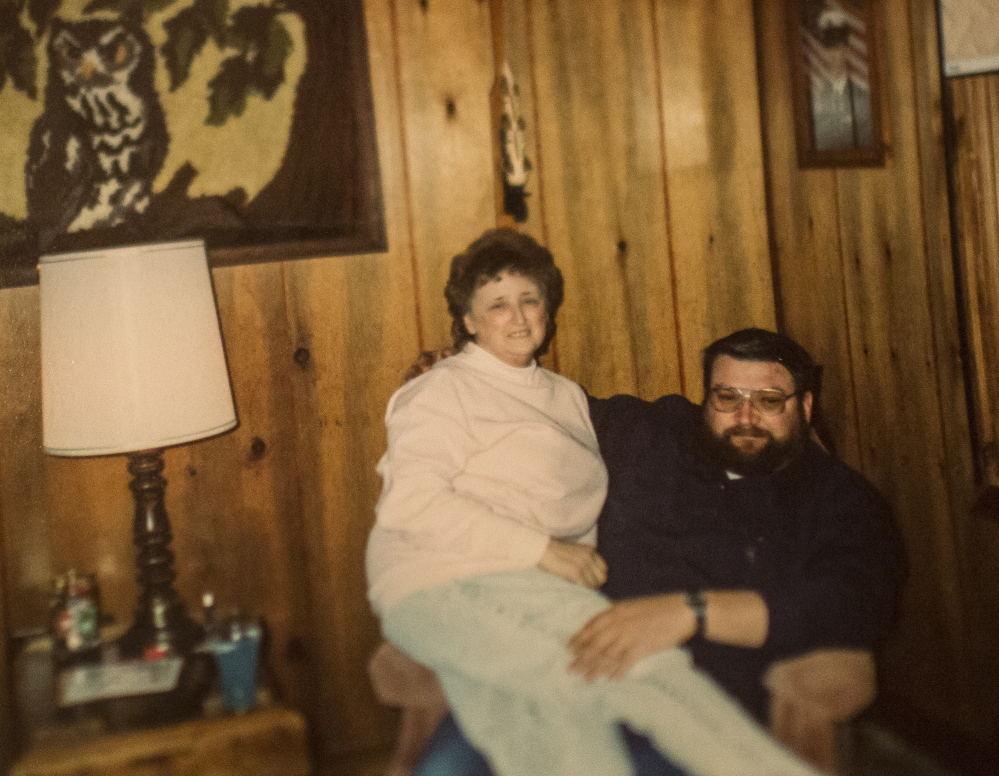Thanksgiving – traditionally a day of companionship and enjoyment – was instead a day of mourning for the family of a couple who were found dead by their daughter Nov. 27 inside their home in the small Down East town of Gouldsboro. Ray Hutchins, 65, longtime caregiver to his 75-year-old wife, Ginger, had shot her and then turned the gun on himself.
The exact motivation for the murder-suicide will never be known. No note was left; no plan was ever disclosed. There are issues that often crop up for family caregivers, and they can be addressed by support services, including training and respite care. But this assistance won’t make a difference unless the caregiver is willing to tap into it.
Given how our state’s elderly population is burgeoning, it’s virtually certain that others in Maine are facing the same challenges as the Hutchinses – so we all have to figure out how to do a better job of getting these carergivers the relief they need.
The typical media image of the family caregiver is the adult child caring for an aging parent – like Patti McCartney, the daughter of Ray and Ginger Hutchins. She returned to Maine seven years ago with her husband and son, living next door to her parents and taking a job with night hours so she could visit several times a day and stay with her mother when her stepfather had medical appointments.
But a growing number of family caregivers are, like Ray Hutchins, doing most or all of the work of caring for a spouse or a partner with a long-term condition. (Ginger Hutchins suffered from painful degenerative arthritis throughout her body.)
Neither Ray nor Ginger Hutchins wanted assistance from anyone but family, their daughter said. Indeed, compared to other family caregivers, spousal caregivers are far less likely to seek outside help. They may not even see themselves as caregivers. To them, tending to their loved one’s needs – everything from help with bathing and toileting to wound care and giving IV fluids – is part of their lifelong commitment to one another. What’s more, many spousal caregivers face not just the 24/7 responsibilities of caregiving but also their own ailments. (Ray Hutchins, a Vietnam veteran, had health issues stemming from his exposure to Agent Orange.)
We don’t know whether Ray Hutchins had a mental health diagnosis. However, experts have found that murder-suicides among older couples are typically carried out by depressed men, making it critical for doctors, especially primary care physicians, to identify and treat depression among their male patients.
Unlike mental health providers, there’s no stigma involved in seeing one’s family doctor. They have the trust of their patients, putting them in a good position to ask “Is everything OK? You seem down.” The ongoing relationship gives them a chance to continue the discussion over a period of months and gently encourage the patient to open up about any feelings that may point to mental illness.
Programs aimed at spousal caregivers abound, but nobody’s really studied how to convince people who need this assistance to accept it. That should be the task of federal researchers, and now is the time to move ahead with it.
Send questions/comments to the editors.



Success. Please wait for the page to reload. If the page does not reload within 5 seconds, please refresh the page.
Enter your email and password to access comments.
Hi, to comment on stories you must . This profile is in addition to your subscription and website login.
Already have a commenting profile? .
Invalid username/password.
Please check your email to confirm and complete your registration.
Only subscribers are eligible to post comments. Please subscribe or login first for digital access. Here’s why.
Use the form below to reset your password. When you've submitted your account email, we will send an email with a reset code.